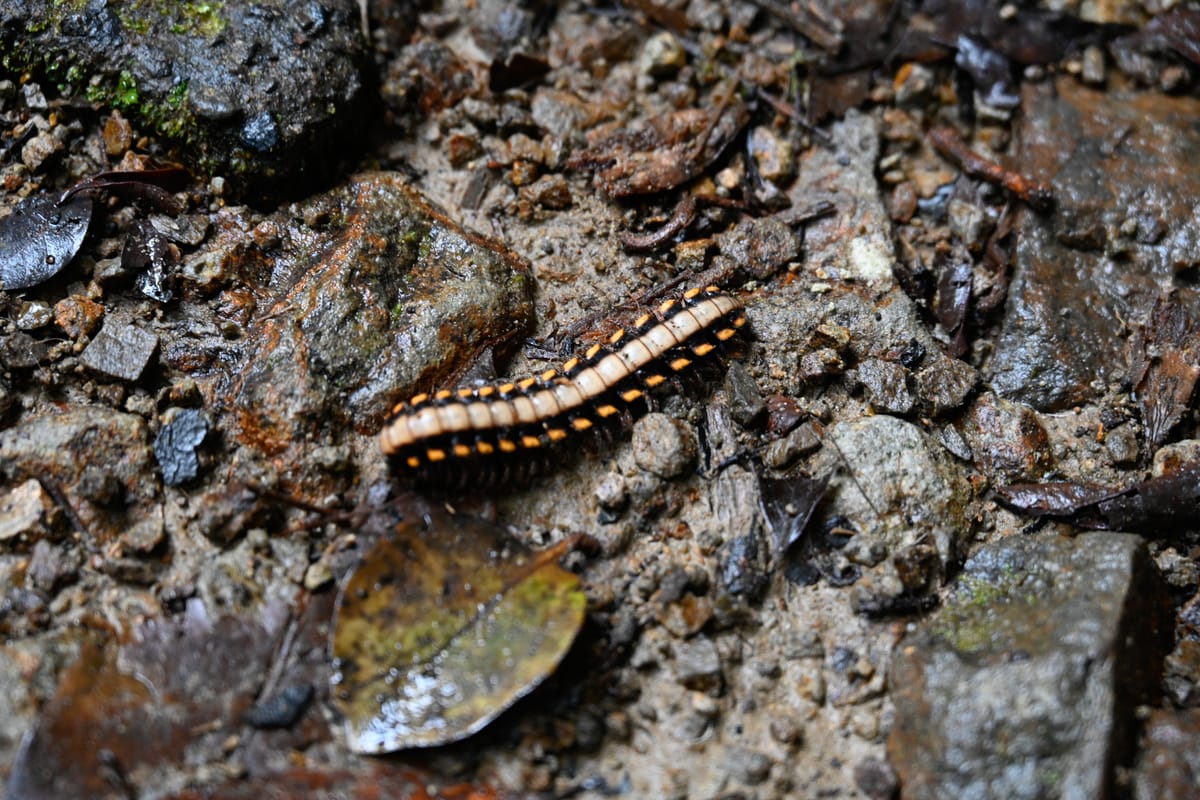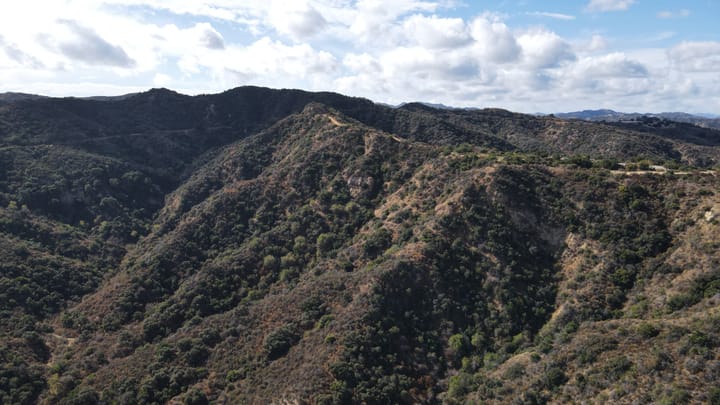Exploring the Rich Biodiversity of Costa Rica's Rainforests: A Close-Up Look at a Millipede
Uncover the hidden world of millipedes in Costa Rica's rainforests, their ecological significance as decomposers, and the conservation efforts to protect their habitat.

In the verdant expanses of Costa Rica's rainforests, a fascinating and often overlooked inhabitant plays a vital role in maintaining the ecological harmony of its environment—the millipede. This blog post delves into the characteristics, ecological significance, and the challenges faced by millipedes, showcasing their importance beyond their unassuming presence.
The Millipede: A Rainforest Inhabitant
What is a Millipede?
Millipedes, belonging to the class Diplopoda, are arthropods distinguished from centipedes by their two pairs of legs per body segment. These creatures are recognized for their slow movement and cylindrical, elongated bodies. They exhibit a variety of colors and sizes, which can be species-specific.
Physical Characteristics
The featured millipede in the photograph exemplifies typical millipedean attributes with its segmented body adorned in contrasting yellow and black bands. This distinctive coloration serves as a warning to predators, indicating the potential toxicity of the millipede, which secretes chemicals as a defense mechanism.
Ecological Role of Millipedes in the Rainforest
Decomposers at Work
As primary decomposers, millipedes play a crucial role in the rainforest by consuming dead plant material such as leaves and wood. Their activity recycles vital nutrients back into the soil, fostering the growth of dense and diverse vegetation that characterizes these rich ecosystems.
Biodiversity Supporters
Through their role in enhancing soil fertility, millipedes support the vast array of life forms in the rainforest. This biodiversity includes numerous plant species, insects, mammals, and birds, all dependent on the healthy, nutrient-rich soil maintained by these arthropods.
Threats to Millipedes in Rainforests
Environmental Challenges
Despite their resilience, millipedes are threatened by habitat loss attributed to logging, agriculture, and urbanization. The reduction in their natural habitat not only threatens their survival but also impacts their vital role in ecological sustainability.
Climate Change
The stability of rainforest ecosystems is increasingly jeopardized by climate change. Alterations in temperature and humidity levels can adversely affect millipede populations, further destabilizing the delicate ecological balance.
Conservation Efforts
Protecting Rainforest Habitats
Conservation efforts in Costa Rica aim to protect rainforest habitats, which are crucial for the survival of millipedes and other native species. These efforts include the establishment of protected areas and the promotion of sustainable land use practices.
Education and Research
Increasing awareness of the ecological roles of millipedes and furthering research into their biological and ecological functions are vital for developing effective conservation strategies. Such efforts ensure that millipedes continue to thrive and sustain the biodiversity of rainforests.
Conclusion
Though small and often unnoticed, millipedes are indispensable to the ecological health of rainforests. Recognizing their role and the challenges they face is crucial for the conservation of Costa Rica’s ecological treasures. The ongoing exploration and study of these ecosystems underscore the interconnectedness of life and the importance of each species, no matter how small, in maintaining the vibrancy of our planet’s ecosystems.




Comments ()